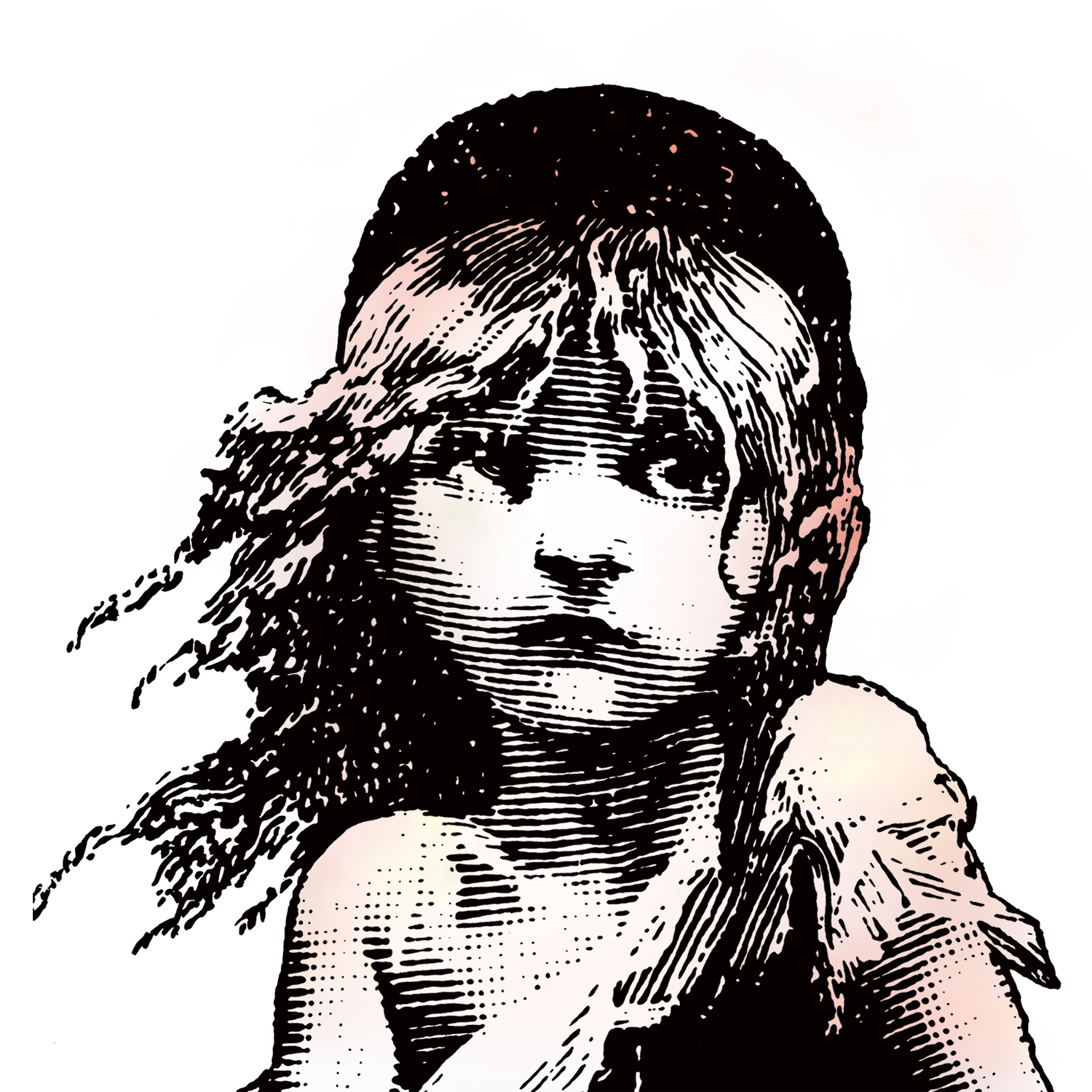 Authors have a gift that for me, transcends that of music or paintings. They depict life as we feel it, a beautiful depiction of the human consciousness hitherto unreached by other mediums. Whoever said a picture was worth a thousand words was wrong, for what we see with our eyes cannot compete with the images we created ourselves in our minds, unfettered by the imaginations of others.
Authors have a gift that for me, transcends that of music or paintings. They depict life as we feel it, a beautiful depiction of the human consciousness hitherto unreached by other mediums. Whoever said a picture was worth a thousand words was wrong, for what we see with our eyes cannot compete with the images we created ourselves in our minds, unfettered by the imaginations of others.
Characters, in particular, seem to be a specialty of the written art. The most magnificent of all creation- a personality- can be transcribed memorably into a story fitly formed to show its strengths and weaknesses. Some of the most memorable characters with whom I’ve come into contact have come from Victor Hugo’s imagination. Les Miserables, perhaps his most prolific work, explores the connection between the finite and infinite like so many Romanticists. Hugo’s characters, easily relatable and developed well enough to be iconic, play out a drama that identifies the complete mystery of God- His inexplicable mix of justice and mercy. The anomaly of Christian theology becomes apparent in Jean Valjean’s story of redemption, his Christlike love for Cosette and Marius, and his willingness to suffer for his enemies.
The story, along with Lord of the Rings, shaped my perspective of the world growing up- an open acknowledgement of the evil and pain in the world, and God’s ability to heal it in His way. And that generally someone had to die at the end for there to be a happy ending for the others. I remember reading it and being impressed with how much Hugo crammed into the story- it was a history book, theological sermons, and a drama all present in a holy conglomerate, like three pillars all expressing the same sentiment- justice and mercy. In other words, its message was the character of Christ.
Hugo is now celebrated as one of the most famous authors of all time. His exploration in man’s nature and God’s, particularly in Les Miserables, demonstrate some of the best fruits of the Romantic Era.
Image credit:https://www.polarisproductions.org/wp-content/uploads/2017/11/cosette-1.png

I'd like to point out that most art is much better than what I could ever come up in my uncreative mind, but I do get what you're saying. I haven't read Les Miserables, but my favorite writing is that which perfectly illustrates what a character is like by describing what they do, like you said Les Miserables does. It's amazing Hugo was able to pack so much into it!
ReplyDelete